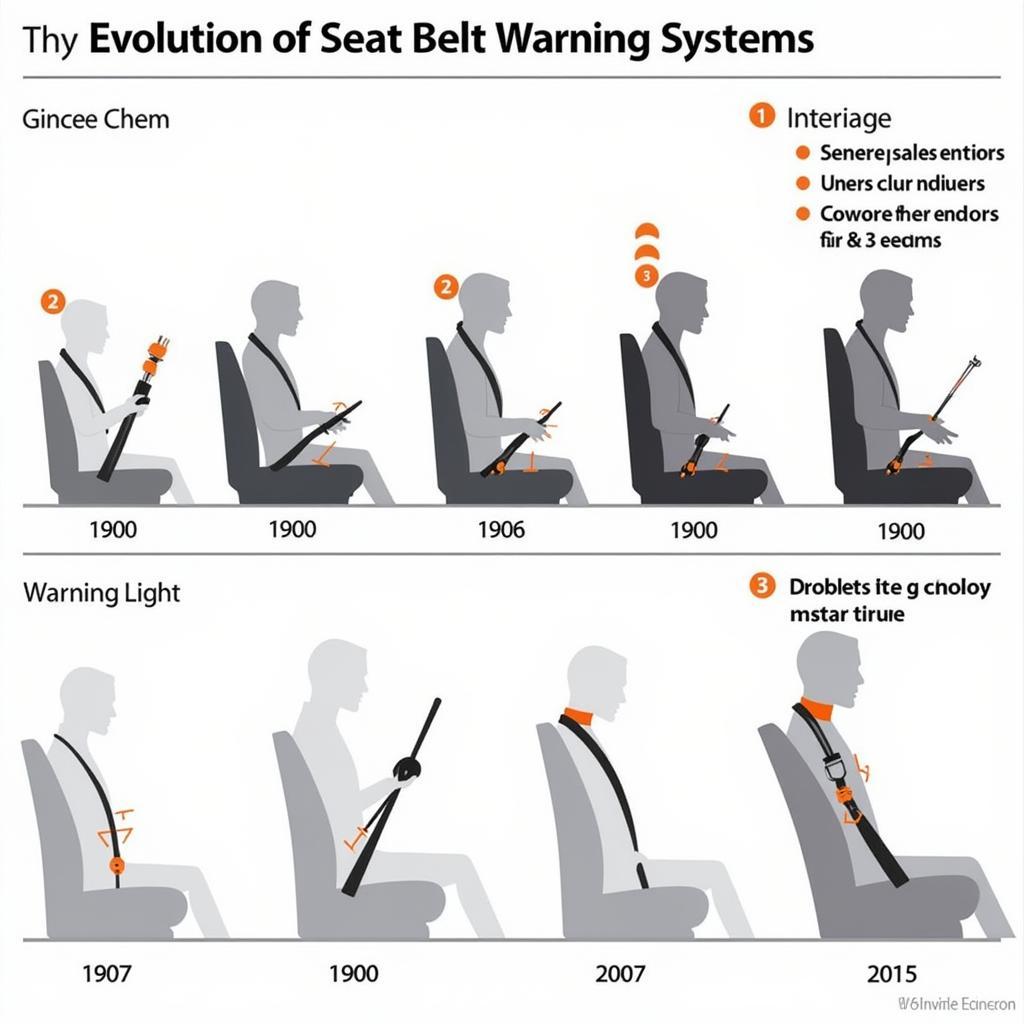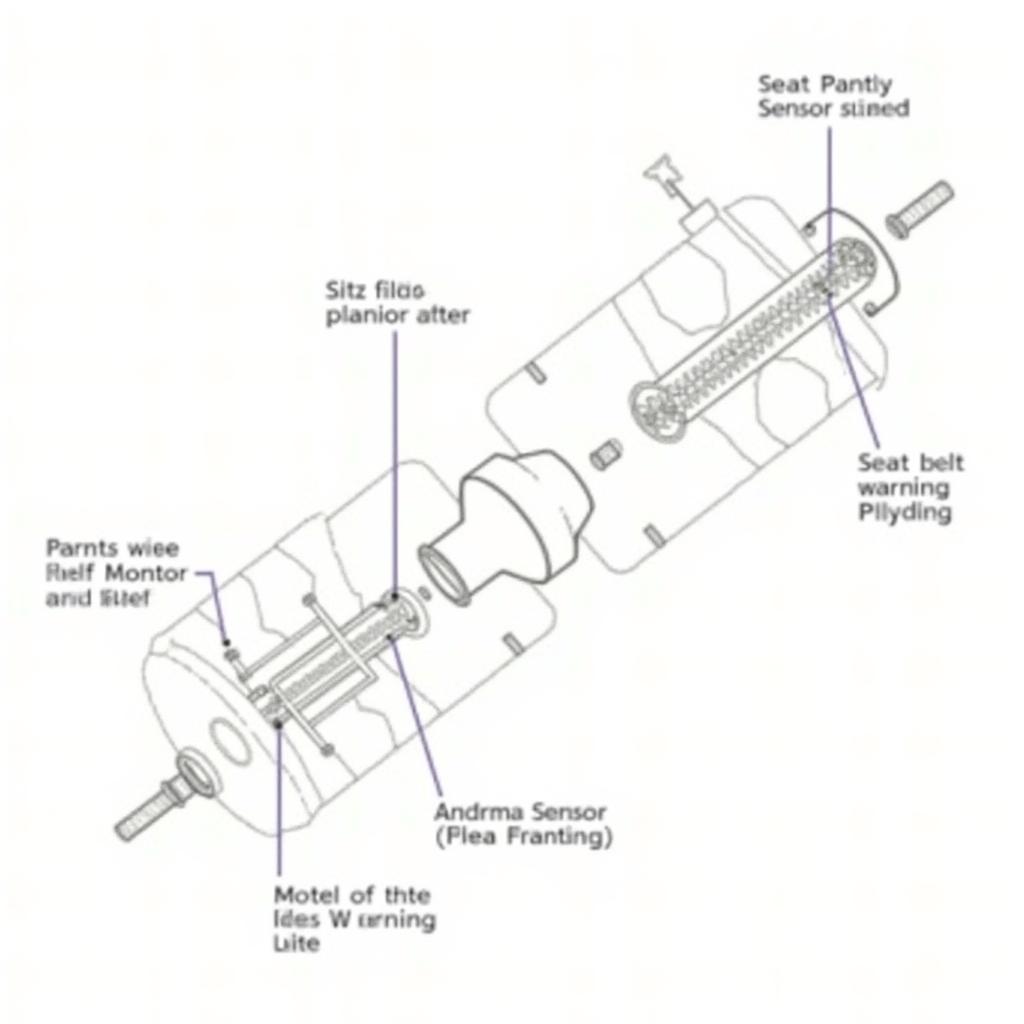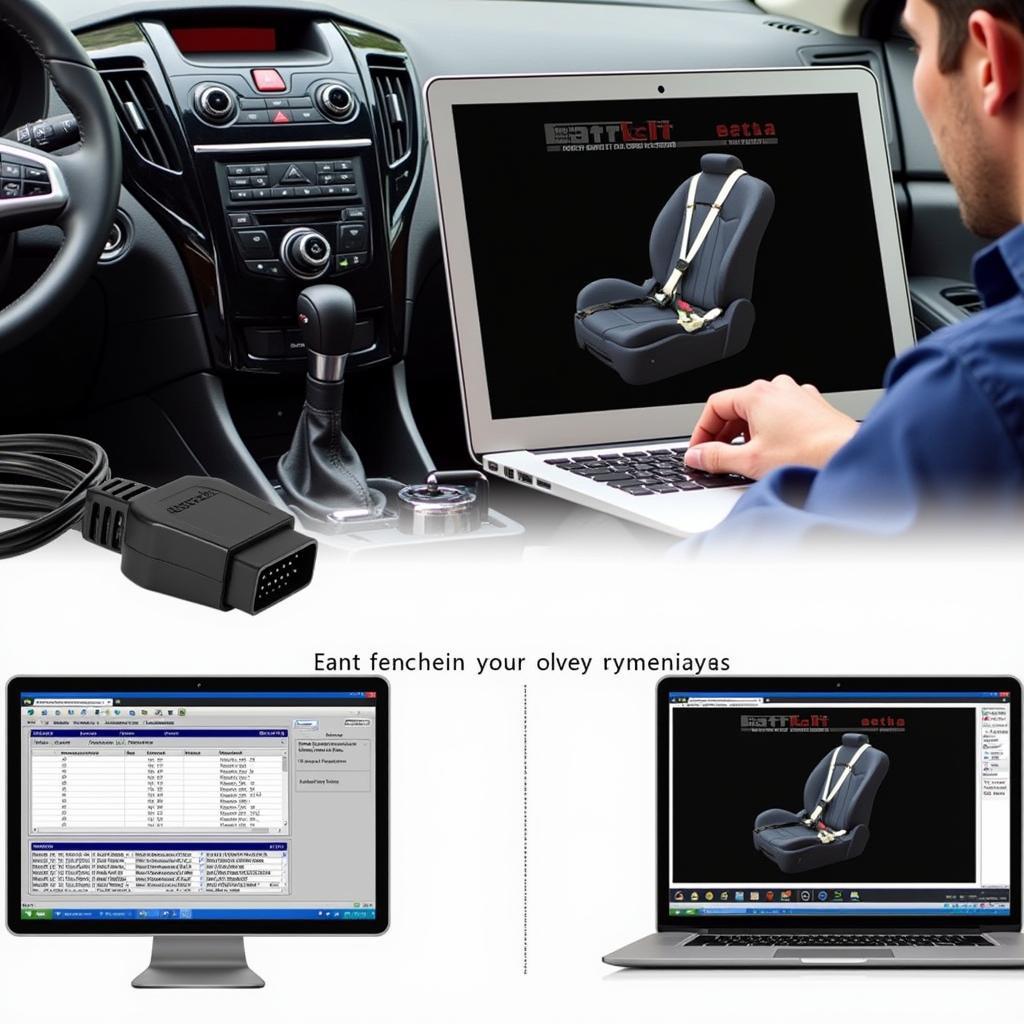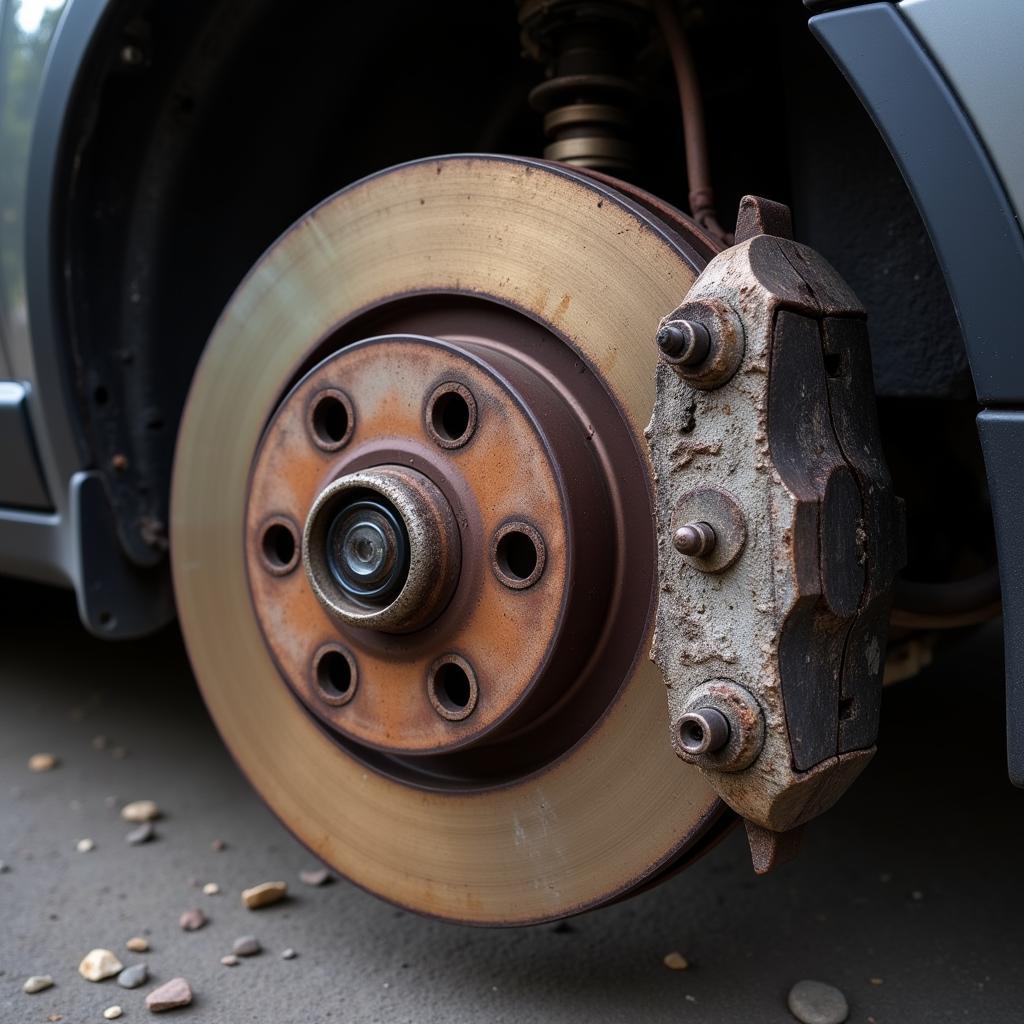The seat belt warning patent has undergone significant evolution, transforming from a simple chime to sophisticated systems integrated with other vehicle functions. This article explores the intricacies of the seat belt warning system, delving into its history, patents, common troubleshooting techniques, and future trends. We’ll also discuss how remote diagnostic and programming services can address these issues effectively.
The Evolution of Seat Belt Warning Systems
Early seat belt warning systems were rudimentary, often consisting of a basic buzzer or chime designed to remind occupants to buckle up. Over time, these systems have become increasingly complex, incorporating sensors, advanced algorithms, and integration with other vehicle systems. This evolution has been driven by safety regulations and a continuous push for improved occupant protection.
From Chimes to Complex Algorithms: A Historical Overview
The initial seat belt warning patents focused on simple electromechanical devices. These early systems were triggered by the ignition switch and deactivated once the seat belt buckle was fastened. Later patents introduced more sophisticated features, such as weight sensors in the passenger seat to determine if the warning should be activated. Modern systems leverage advanced algorithms that consider vehicle speed, airbag deployment status, and other factors to provide more targeted and effective warnings.
 Evolution of Seat Belt Warning Systems
Evolution of Seat Belt Warning Systems
Understanding Seat Belt Warning Patents
Patents related to seat belt warning systems cover a wide range of innovations, from the initial basic chime mechanisms to sophisticated sensor technologies and integrated safety systems. These patents provide insights into the continuous development and refinement of these crucial safety features.
Key Innovations in Seat Belt Warning Technology
Several key patents have shaped the development of modern seat belt warning systems. These include patents related to:
- Occupancy Detection: Sensors that detect the presence of a passenger and adjust the warning system accordingly.
- Smart Belt Pretensioners: Systems that tighten the seat belt in anticipation of a collision, based on data from various sensors.
- Integrated Safety Systems: Seat belt warnings that are linked to other safety features, such as airbags and stability control.
 Seat Belt Warning Patent Diagram
Seat Belt Warning Patent Diagram
Troubleshooting Common Seat Belt Warning Issues
Despite their importance, seat belt warning systems can sometimes malfunction. Common issues include persistent chimes even when the seat belt is fastened, intermittent warnings, and complete system failures.
Diagnosing and Fixing Seat Belt Warning Problems
Here are some common troubleshooting steps:
- Check the Buckle: Ensure the seat belt buckle is fully latched and there is no debris obstructing the mechanism.
- Inspect the Wiring: Look for any damaged or loose wiring connections in the seat belt system.
- Scan for Diagnostic Trouble Codes (DTCs): Use a diagnostic scanner to identify any stored fault codes related to the seat belt system.
- Consult Service Manuals: Refer to the vehicle’s service manual for specific diagnostic procedures and wiring diagrams.
Modern vehicles are increasingly reliant on software. Often, a simple software update can resolve seat belt warning issues. Remote diagnostics and programming services can provide efficient solutions without the need for a physical workshop visit.
“Remote diagnostics allow us to quickly pinpoint the root cause of many seat belt warning issues, saving time and money for our customers,” says John Smith, Senior Automotive Diagnostics Engineer at Acme Automotive Solutions.
 Remote Diagnostics of Seat Belt System
Remote Diagnostics of Seat Belt System
The Future of Seat Belt Warning Technology
The future of seat belt warning systems lies in further integration with advanced driver-assistance systems (ADAS) and autonomous driving technologies. These systems will leverage data from various sensors to provide more personalized and context-aware warnings.
Integration with ADAS and Autonomous Driving
As vehicles become more autonomous, seat belt systems will play a crucial role in ensuring occupant safety. Smart seat belts could be integrated with autonomous driving systems to automatically adjust tension based on driving conditions and potential hazards.
“The integration of seat belt technology with ADAS and autonomous driving features has the potential to significantly improve safety and reduce the severity of injuries in collisions,” notes Sarah Jones, Lead Safety Systems Engineer at Global Automotive Innovations.
Conclusion
The seat belt warning patent has paved the way for significant advancements in vehicle safety. From simple chimes to sophisticated integrated systems, these technologies have played a crucial role in protecting occupants. Understanding these systems and leveraging remote diagnostic and programming services can help ensure optimal functionality and contribute to a safer driving experience. By staying informed about the latest innovations and troubleshooting techniques, drivers can play an active role in maintaining the effectiveness of their seat belt warning systems.
FAQ
- What is a seat belt warning patent? A seat belt warning patent protects the intellectual property related to the design and functionality of a seat belt warning system.
- Why is the seat belt warning important? Seat belts are the most effective safety device in a vehicle, and the warning system encourages their use.
- What are some common problems with seat belt warning systems? Common issues include persistent chimes, intermittent warnings, and system failures.
- How can I troubleshoot seat belt warning problems? Check the buckle, inspect the wiring, and scan for diagnostic trouble codes.
- What is the future of seat belt warning technology? Future systems will be integrated with ADAS and autonomous driving technologies.
- How can remote diagnostics help with seat belt warning issues? Remote diagnostics can quickly identify and resolve software-related problems, saving time and money.
- Where can I find more information about seat belt warning patents? Patent databases and automotive industry publications provide detailed information.

